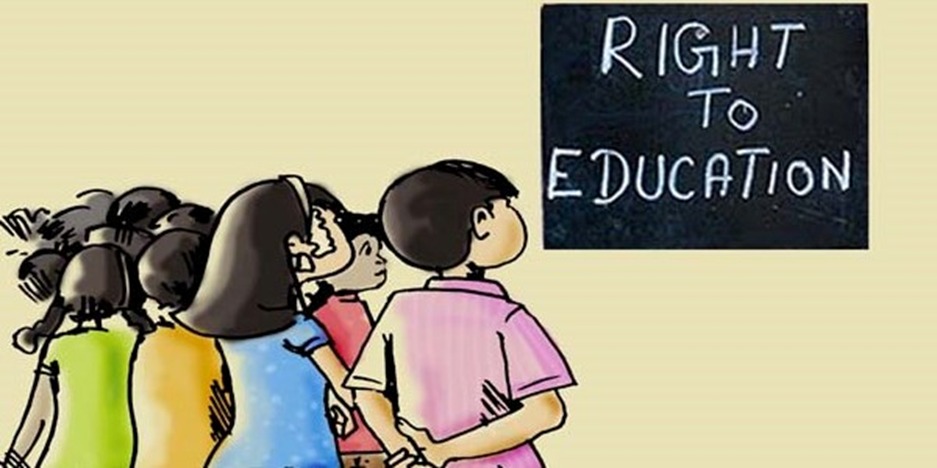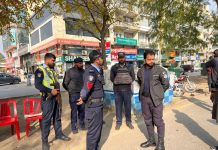ISLAMABAD: The education sector is one of the most important pillars of economy. A strong education sector leads to high literacy rate and a decline in child labour. To increase literacy rate and minimize child labour, the Punjab government has taken the initiative of free education across the province.
Dr Naseem Ahmad, Principal and Administrator of City Cambridge School, told that attaining compulsory education is the right of every child. There are hundreds of thousands of children out of school due to the financial issues. Almost 4 million children are working as child labour in different fields to earn for their families.
He said the introduction of free compulsory education for top 10% poor and deserving students in all schools across the province was a great step of the Punjab government that will help increase the literacy rate. Pakistan’s literacy rate is 63%, the second lowest in South Asia.
Dr Naseem said the Punjab school education department introduced one free meal for every primary school child under the public-private partnership in 100 schools across the province. The schools with one free meal have seen 33% increase in attendance and 77% improvement in the students’ health. “Provision of free compulsory primary and secondary education to children between the ages of 5 and 16 is enshrined in the constitution of Pakistan. However, researchers urge that the state of infrastructure, basic facilities and the quality of education in public schools need to be improved,” he added.
Dr Naseem further said most villages lack schools, so the students had to reach schools in other villages covering long distances. In many schools, the teachers are unwilling to work due to long distances, low salary and lack of transportation. The government should pay more to the teachers to help them meet their daily expenses, he said.
Moreover, he said the schools should also focus on training and development of teachers, which enhanced their teaching skills and increased the quality of education.In Pakistan, there are fewer training opportunities available to teachers. Though there are training centres in the country, they need funding to operate. Most teachers can’t plan their lessons and lack the ability to guide children.
He said in places where students are enrolled, the majority of them drop out in order to avoid being demotivated. It is the result of culture and environment of the school, as well as inadequate parenting and child labour. Some are forced to work at a young age in order to continue studies. –INP






